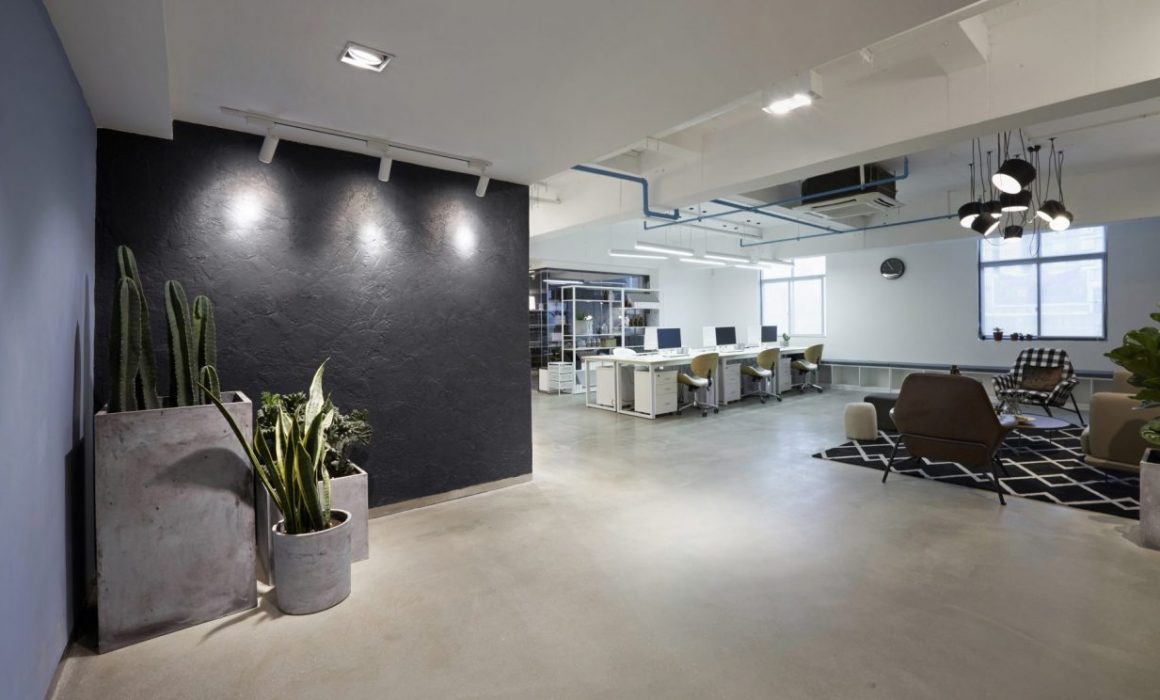Spreading Light On Work
How important is it to have the right light levels in the workplace?
Did you know that there are HSE recommended minimum lighting levels in the workplace? Ensuring that your work environment has sufficient lighting is not just a legal requirement, it is central to the wellbeing of your workforce.
Hidden Dangers
The first priority is of course ensuring sufficient light (even in the event of a power cut) to spot potential hazards and obstacles, but a poorly lit workplace can also contain hidden dangers that may not be obvious at first.
Lighting that is too low or wrongly positioned can directly affect the health of people in the workplace, from conditions such as eyestrain, migraine, and tension headaches. These symptoms will make a workforce less productive and drive up absenteeism, affecting company morale. Just as a gloomy day can lead to a lower mood, so a poorly-lit workplace can result in reduced enthusiasm and energy levels among your workforce.
Duty of Care
As well as this, employers, the self-employed and those in control of non-domestic properties have the duty of care to ensure their employees, themselves or those using their property have sufficient lighting and are not exposed to light levels where light related health problems could occur.
If you want to ensure that all those using your place of work can benefit from a thoughtfully-designed lighting scheme that is fully compliant with HSE recommendations, don’t hesitate to contact Integra with your requirements today. If you’re just worried that your current scheme may not be up to the task, we can offer a full, free of obligation lighting report that will highlight any potential areas of concern.



